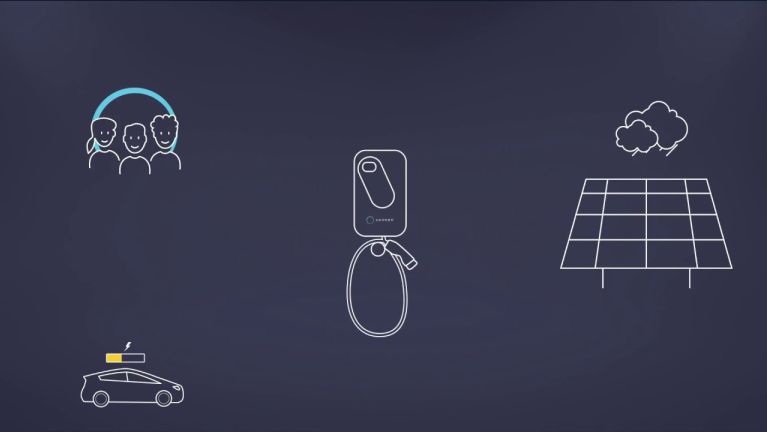A breakthrough in storage technology?
A research centre and a start-up may solve the biggest problem facing the energy transition.

Germany. Renewable energies are setting new records: in 2017, 36.1 percent of electricity in Germany was produced by wind, solar, biomass and hydroelectric power plants. That is 3.8 percent more than in 2016 – and a bigger increase than ever before. The energy transition could advance even more quickly if the development of new storage technologies could keep pace with the production of renewable energies. To this end, the Fraunhofer-Gesellschaft and TU Braunschweig’s Battery LabFactory Braunschweig (BLB) are now setting up a joint energy storage research platform in Braunschweig. The researchers there plan to further develop mobile and fixed storage technologies.
Dieses YouTube-Video kann in einem neuen Tab abgespielt werden
YouTube öffnenThird party content
We use YouTube to embed content that may collect data about your activity. Please review the details and accept the service to see this content.
Open consent formTurning electric cars into flexible energy storage units
Meanwhile, a start-up from the small town of Wildpoldsried in southern Germany is creating quite a stir. Using a charging box, the company Sonnen is interconnecting electric cars to create one large virtual storage unit. Users of the “Sonnen-Charger” system form an energy-sharing community that jointly uses the solar power generated by its individual members with their photovoltaic units. What is innovative about the approach is that the charging box also links electric cars to the electricity grid and intelligently controls the charging process.
If the vehicle does not have enough of its own solar power to charge it, surplus electricity from other members of the community is used. As such, all the vehicles become part of a large virtual battery. They help absorb excess electricity derived from renewables, keep the power grid stable and save money: members of the energy-sharing community benefit from a flat rate and receive up to 8,000 kilowatt hours (kWh) of electricity free each year.
Energy Storage Europe conference, 13 – 15.3.2018 in Düsseldorf

